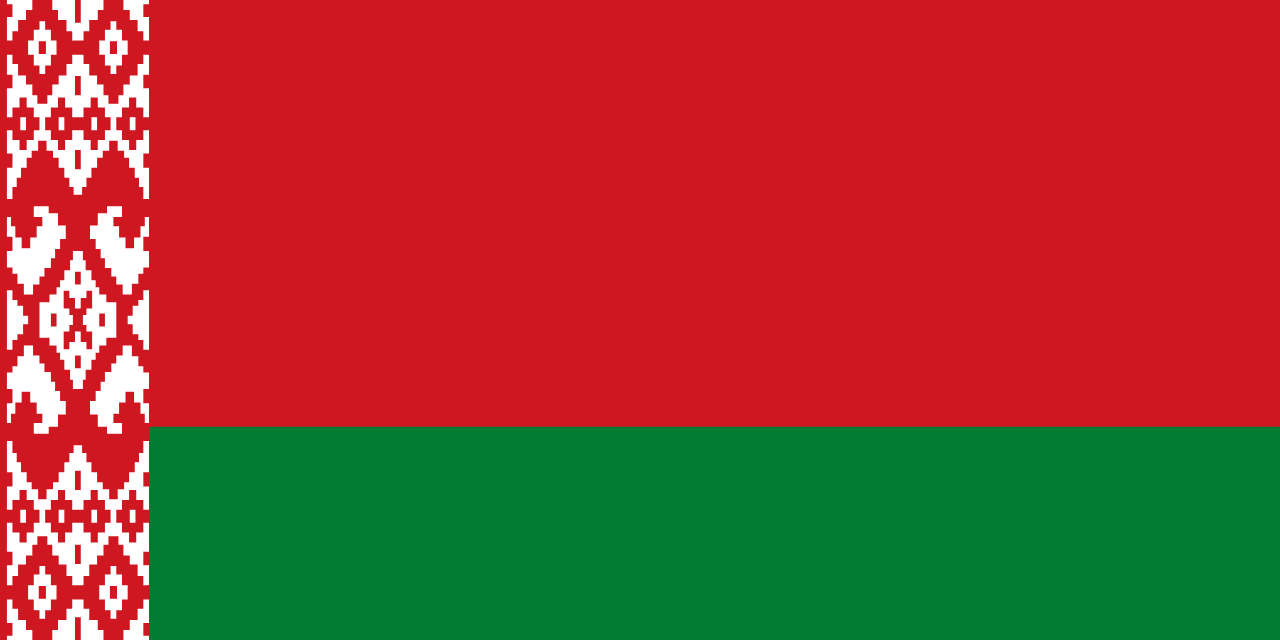Lithuania Flag Meaning
Three horizontal stripes of yellow, green, and red representing the golden wheat fields, green forests, and blood shed for independence of this Baltic nation that led the peaceful dissolution of the Soviet Union.
- Continent
- Europe
- Adopted
- 1989
- Ratio
- 3:5
- Colors
- yellow, green, red

Symbolism
Yellow Stripe: Represents the golden wheat fields and rye that cover Lithuania's fertile agricultural plains, symbolizing prosperity, abundance, and the sun that shines over the Baltic region.
Green Stripe: Symbolizes Lithuania's vast forests that cover about one-third of the country, representing nature, hope, freedom, and the country's strong environmental heritage and natural beauty.
Red Stripe: Represents the blood shed by Lithuanian patriots throughout history in defense of their homeland and freedom, particularly during struggles against foreign occupation and for independence.
Baltic Identity: The tricolor connects Lithuania to its Baltic neighbors Latvia and Estonia, representing shared cultural heritage and the common struggle for independence from Soviet rule.
Natural Heritage: The colors represent Lithuania's landscape and natural resources, reflecting the country's identity as a nation deeply connected to its forests, fields, and agricultural traditions.
History
- 14th-16th Century: The Grand Duchy of Lithuania was one of the largest European states, stretching from the Baltic to the Black Sea, using various ducal banners and symbols before modern flag concepts.
- 1569-1795: The Polish-Lithuanian Commonwealth used joint symbols, while Lithuanian identity persisted through local customs, language, and cultural traditions despite political union.
- 1795-1918: Lithuania was part of the Russian Empire, with Lithuanian national symbols suppressed, but cultural and linguistic identity maintained through underground resistance movements.
- April 25, 1918: The yellow, green, and red tricolor was first adopted when Lithuania declared independence, becoming one of the symbols of the newly restored Lithuanian state.
- 1940-1988: During Soviet occupation, the Lithuanian flag was banned and replaced with Soviet symbols, but it became a powerful symbol of resistance and national identity.
- October 7, 1988: The historic tricolor was restored as demonstrations for independence grew, making Lithuania one of the first Soviet republics to readopt pre-Soviet national symbols.
- March 11, 1990: Lithuania became the first Soviet republic to declare independence, and the flag became the symbol of the peaceful revolution that helped end the Soviet Union.
Trivia
- Lithuania was the first Soviet republic to declare independence in 1990, making its flag a symbol of the peaceful revolution that led to the USSR's dissolution.
- The flag was first raised over Gediminas Tower in Vilnius in 1988, marking the beginning of Lithuania's independence movement and inspiring other Baltic states.
- Lithuania was the last pagan country in Europe to convert to Christianity (1387), and the flag represents this unique position in European religious history.
- The flag represents a country that was once the largest state in Europe during the 14th-15th centuries, when the Grand Duchy stretched from Baltic to Black Sea.
- Lithuania's flag appears on euro coins since the country adopted the euro in 2015, featuring the historic coat of arms (Vytis) alongside the tricolor symbolism.
- The flag flew during the human chain demonstration of 1989, when two million people linked hands across the Baltic states to protest Soviet occupation.
- Basketball is Lithuania's national sport, and the flag appears prominently at international competitions where Lithuania consistently ranks among the world's best teams.
- The flag represents the only Baltic language family remaining in the world, as Lithuanian is one of the oldest living Indo-European languages.
- Vilnius Old Town, a UNESCO World Heritage site, often displays the flag during cultural festivals celebrating Lithuania's baroque architecture and medieval heritage.
- The flag appears at NATO headquarters, as Lithuania joined the alliance in 2004, representing the country's integration into Western security structures.
- Lithuania has one of the world's fastest internet speeds, and the flag appears in tech conferences promoting the country as a digital innovation hub.
- The flag represents a country with significant emigrant populations, particularly in the United States, where Lithuanian-Americans maintain strong cultural connections.
- Traditional Lithuanian folk songs (dainos) often reference the flag colors when describing the homeland's natural beauty and agricultural abundance.
- The flag flies over the Hill of Crosses, a unique pilgrimage site with over 100,000 crosses that symbolizes Lithuanian Catholic faith and resistance to oppression.
- Lithuania celebrates two independence days: February 16 (1918 independence) and March 11 (1990 independence), both featuring prominent flag displays and national celebrations.
Related Countries

Latvia
Europe
Three horizontal stripes with dark red (maroon) stripes on top and bottom and a narrow white stripe in the center, representing one of the world's oldest flag designs dating back to medieval times and Latvia's struggle for independence.

Belarus
Europe
A red horizontal stripe over a green stripe with a traditional red and white ornamental pattern on the hoist side, representing the historical heritage of Belarus, its forests and agriculture, and the decorative folk art traditions that define Belarusian cultural identity.

Estonia
Europe
Three horizontal stripes of blue, black, and white representing the sky and sea, the soil and past struggles, and the snow and bright future of this Baltic nation known for its digital innovation and preserved medieval heritage.

Poland
Europe
A simple bicolor of white over red, reflecting Poland’s heraldry and national identity. The design is among the simplest yet most recognizable European flags.

Sweden
Europe
A blue field with a yellow Nordic cross extending to the flag's edges, representing the Christian heritage that shaped Swedish culture and the national colors that have symbolized Sweden since medieval times, part of the Nordic cross tradition shared with other Scandinavian countries.

Finland
Europe
A white field with a blue Nordic cross slightly offset toward the hoist, representing Finland's Nordic heritage, the blue lakes and sky, and the white snow that covers the land for much of the year in the 'Land of a Thousand Lakes.'